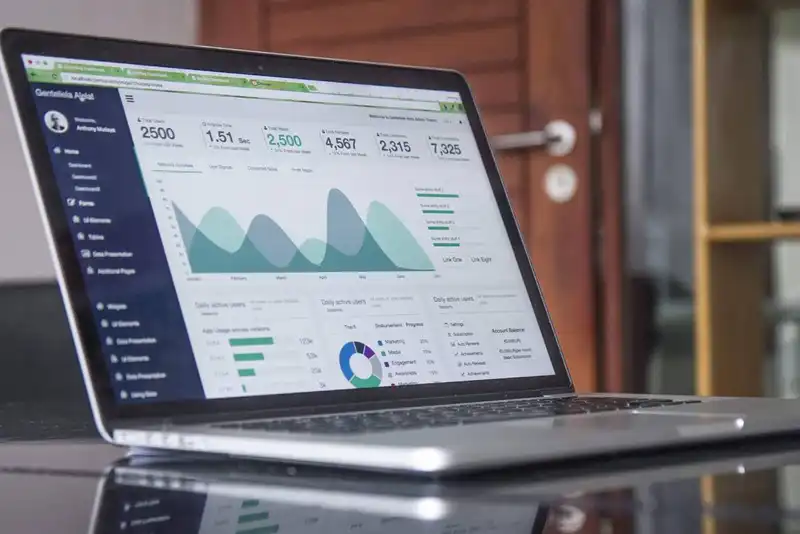Getting the Full Scope- Business Model Samples
Successful entrepreneurs create a road map before undertaking a new business venture. This process involves finding a target audience and determining which sales and marketing strategies are needed to reach them. Moreover, many businesses need to consider how they plan to bring value to customers and expand their revenue streams.
Business models are frequently utilized to plan out the various strategies needed to run and manage a business. Many organizations have implemented different business models that successfully set them apart from the competition. Learn more about these models here.
What is a Business Model?

A business model refers to how an organization makes money and provides value to its customer base. Business models are broken down into 3 parts-
1. Requirements to Start Business This includes design plans, raw materials, labor, manufacturing costs, and any other required startup costs.
2. Requirements to Sell Product/Service This involves the marketing, distribution, sales plan, delivery of a service, and method of processing of a sale.
3. Pricing Strategy This refers to how much the company plans to charge for its product/service, as well as the accepted payment methods and time frame for customers to pay.
Models are a general overview of the total costs and expenses to run a business, along with how to charge for that service. Implementing a new business model can help startups or established businesses map out their business strategies.
Business Model Samples

Entirely new business models don't have to be invented to start a business. The vast majority of businesses utilize existing models and modify them as needed. Here are some examples of business models that have been successfully employed by several types of businesses.
1. Advertising
An advertising model is the strategic use of an advertising medium to reach a target audience. Examples of advertising mediums include televisions, newspapers, websites, or social media platforms. Advertisers create unique content and then pay an advertising medium to run that content.
The television or website generates revenue by renting out slots to advertisers who want to display their message. Examples of advertising business models include NBC News, YouTube, or talk radio programs.
2. Affiliate
Frequently utilized online, affiliate models are a form of advertising. These models use links embedded in content instead of running visual advertisements. A reader can click on an embedded link within an article, redirecting the user to purchase a product or service.
To illustrate, an amateur author may embed links to Amazon within her personal website that allows people to purchase one of her books. In turn, Amazon pays a small commission every time someone purchases her book.
3. Brokerage
Brokerage models facilitate transactions by connecting buyers and sellers. Businesses who utilize this model charge a fee for every transaction that takes place between these two parties.
Real estate agencies are the most well-known example of an entity that utilizes a brokerage model. They facilitate an interaction between the agent and a customer and then take a percentage of the commission earned from any sale made.
4. Crowdsourcing
Crowdsourcing involves bringing a large group of people onto a website to contribute to content or spend money. Crowdsources is most frequently paired with advertisers to generate revenue, but there are other mechanisms for making money as well.
For example, GoFundMe is an online company that utilizes donation-based crowdfunding to raise money for individual causes. GoFundMe is largely funded through the option to donate, along with a 5% fee on all certified charity related campaigns.
5. Fractionalization
This model refers to those who sell a portion of a product, rather than an entire product.
Timeshare agencies utilize a fractionalization model to make money. A group of people owns a portion of a vacation rental. Each person can purchase a specific time slot to stay a certain number of weeks out of the year.
6. Leasing
Businesses who utilize leasing models rent out a service or product for a certain amount of time. While fractionalization is about selling access to a product or service, leasing requires that the customer return the product/service when the lease is finished.
Dealerships allow customers to lease a car for a certain amount of time. When the lease is up, customers must return the car in a certain condition, or they have the option to buy.
7. Low-Touch
Businesses that employ a low-touch model offer fewer services, which results in lower prices. Because prices are affordable, low-touch companies can increase their customer base and reach new target markets. Customers are usually required to purchase additional services, assemble the product, or other self-service actions.
Ikea is a well-known example of a low-touch business model. Unlike other furniture outlets, Ikea sells functional furniture at the lowest cost possible. Customers are also required to retrieve furniture pieces in the store and assemble them at home. If unable to do so, they can pay an additional delivery and assembly fee to Ikea.
8. Reverse Auction
Reverse auction models allow sellers to offer their lowest prices to buyers, who then have the option to choose the lowest price presented to them.
LendingTree.com is an example of a reverse auction business. They are an online loan marketplace that allows different companies to offer financial borrowing services, including auto loans or credit cards. Customers can look for financial lenders who provide the lowest interest rates, and then lenders compete for their business.
Elements of a Strong Business Model

Some of the best practices for employing a strong business model include-
1. Identify Customer Segments Outline each buyer persona's demographics, needs, and what solutions the company can provide to each of them.
2. Establish Business Ideas & Processes - Identify the core aspects of the business and how it plans to operate.
3. Record Key Business Resources - Document all key business resources to ensure that the model is prepared to sustain the needs of the company. Assets can include a company website, office building, customer lists, or intellectual property.
4. Develop a Value Proposition Establish exactly what the company offers and how it brings value to the consumer.
5. Determine Long-Term Business Partners Select key investors, partners, or suppliers who can contribute to the model's success.
6. Create a Strategy to Build Demand Determine how customers will find the company and how the company will find its customers.
7. Leave Room Open for Change Leave room open for innovation and future growth. Review the business model often to implement changes as needed.








